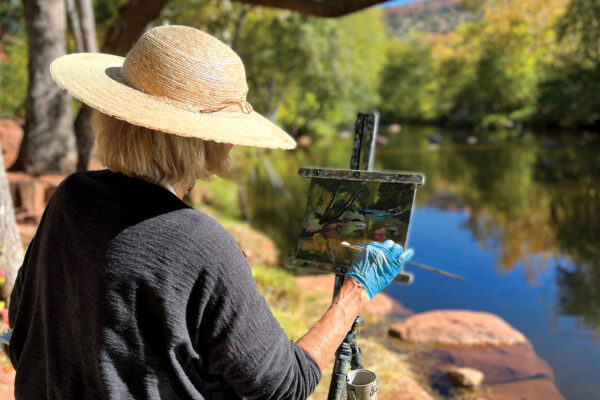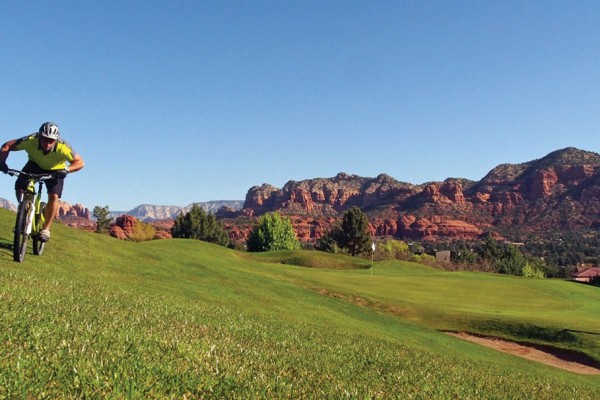We typically don’t feature books in the magazine, but every once in a while a book comes out that really captures our attention. “Brave The Wild River” is one of those titles. Flagstaff-based science journalist Melissa L. Sevigny penned this tale, which was published in May of 2023. Since then, it has been reviewed in the New York Times, was named A New Yorker Best Book of 2023 and won a National Outdoor Book Award. The paperback edition of the book was published on May 14.
Melissa was looking for something in the Northern Arizona University Special Collections Department when she clicked on a hyperlink for women botanists. She started reading about Lois Jotter. She learned about a trip she went on in 1938 in the Grand Canyon. Lois’s collection of plant pressings and journals were housed in Flagstaff, and Melissa used them to write the book. “I just kind of got sucked into this amazing story,” says Melissa. The book details the adventures of Elzada Clover and Lois – both botanists at the University of Michigan in Ann Arbor – as they journey down the Colorado River for 43 days. They created the first ever formal plant collection in the Grand Canyon. “I tell the story of this whitewater rafting adventure, but also the science and the botany that they did,” says Melissa. “They made this extraordinary permanent collection. They were cutting specimens of plants and pressing them with newspaper and taking them with them down the river.”
The pair published a paper about their discoveries, and it provides a snapshot of the area’s history. “It’s the only paper that was published about botany in this stretch of the Colorado River before Glen Canyon Dam. That’s important because Glen Canyon Dam changed everything about the river ecosystem,” says Melissa. The Arizona native says she felt a connection to the two women, and that connecting with readers has been wonderful. “It made me want to bring their story to a much wider audience because I think when we look at history, especially the history of science, it’s full of men. And for a woman in the sciences that can end up feeling really, really lonely,” she says. “Women have always been doing this kind of work. It’s just that their stories don’t often get told. And so I really wanted to tell the story for myself. As a little girl, I would have really loved to have known about these two women.” − Teresa K. Traverse




